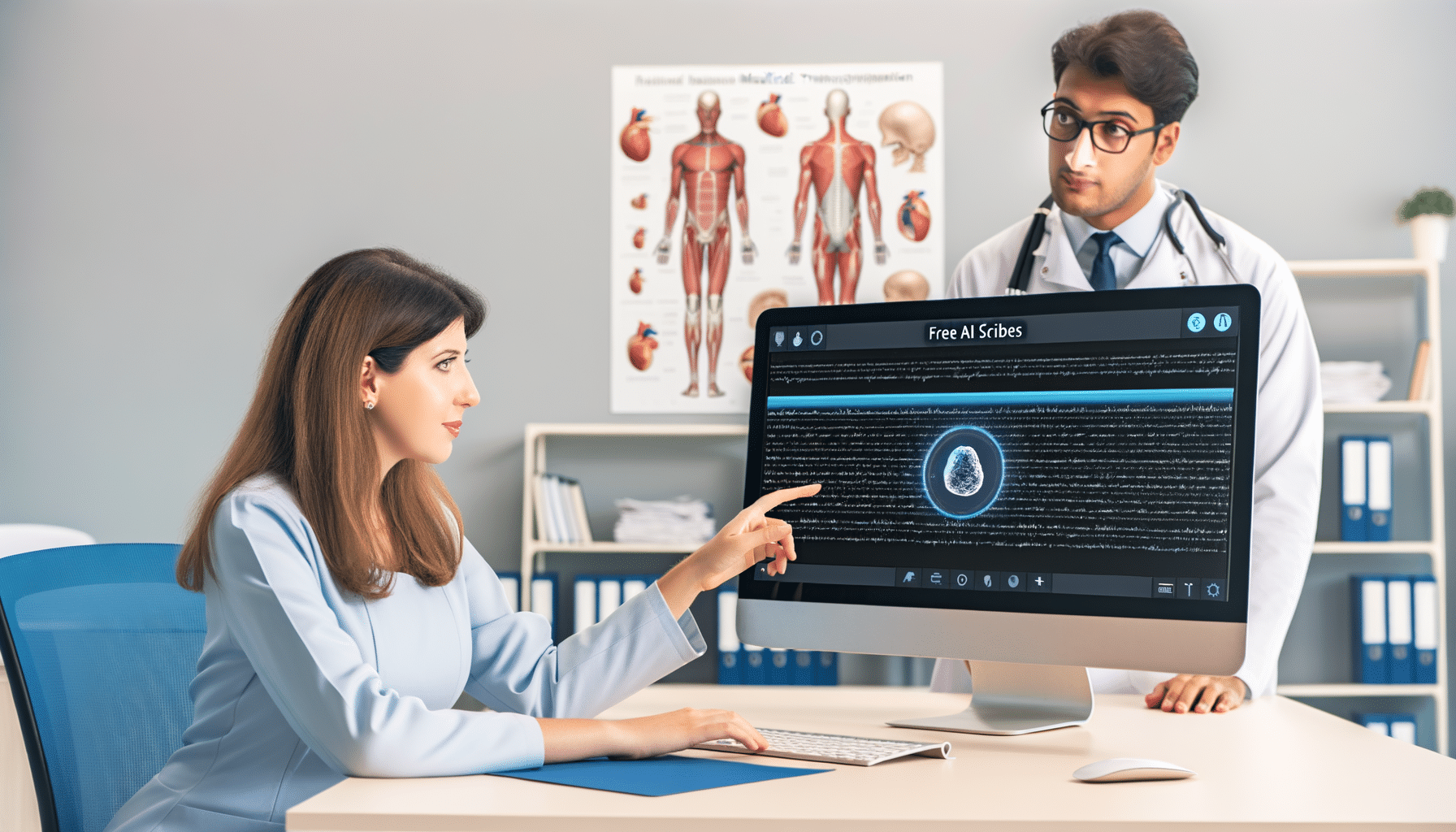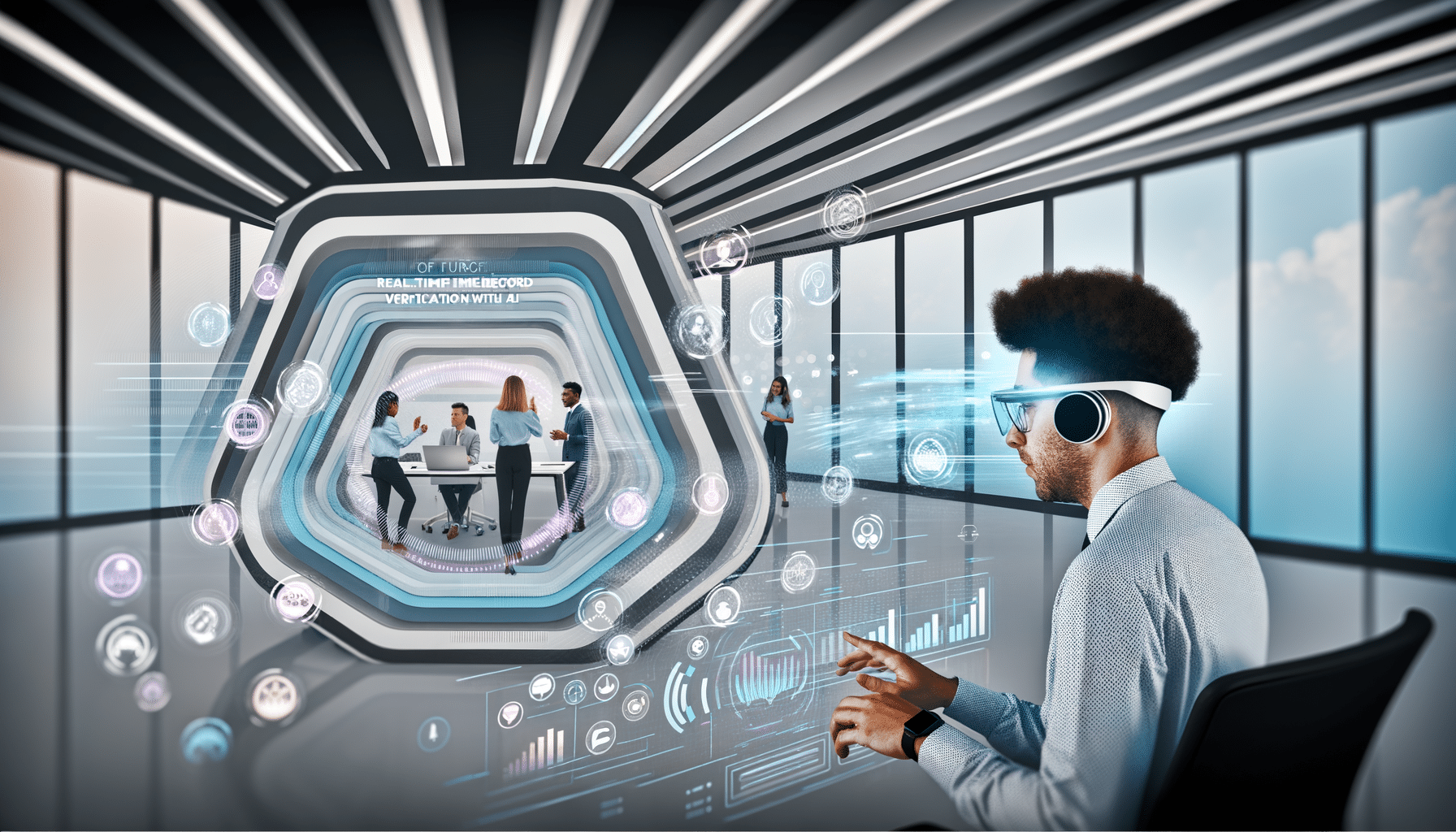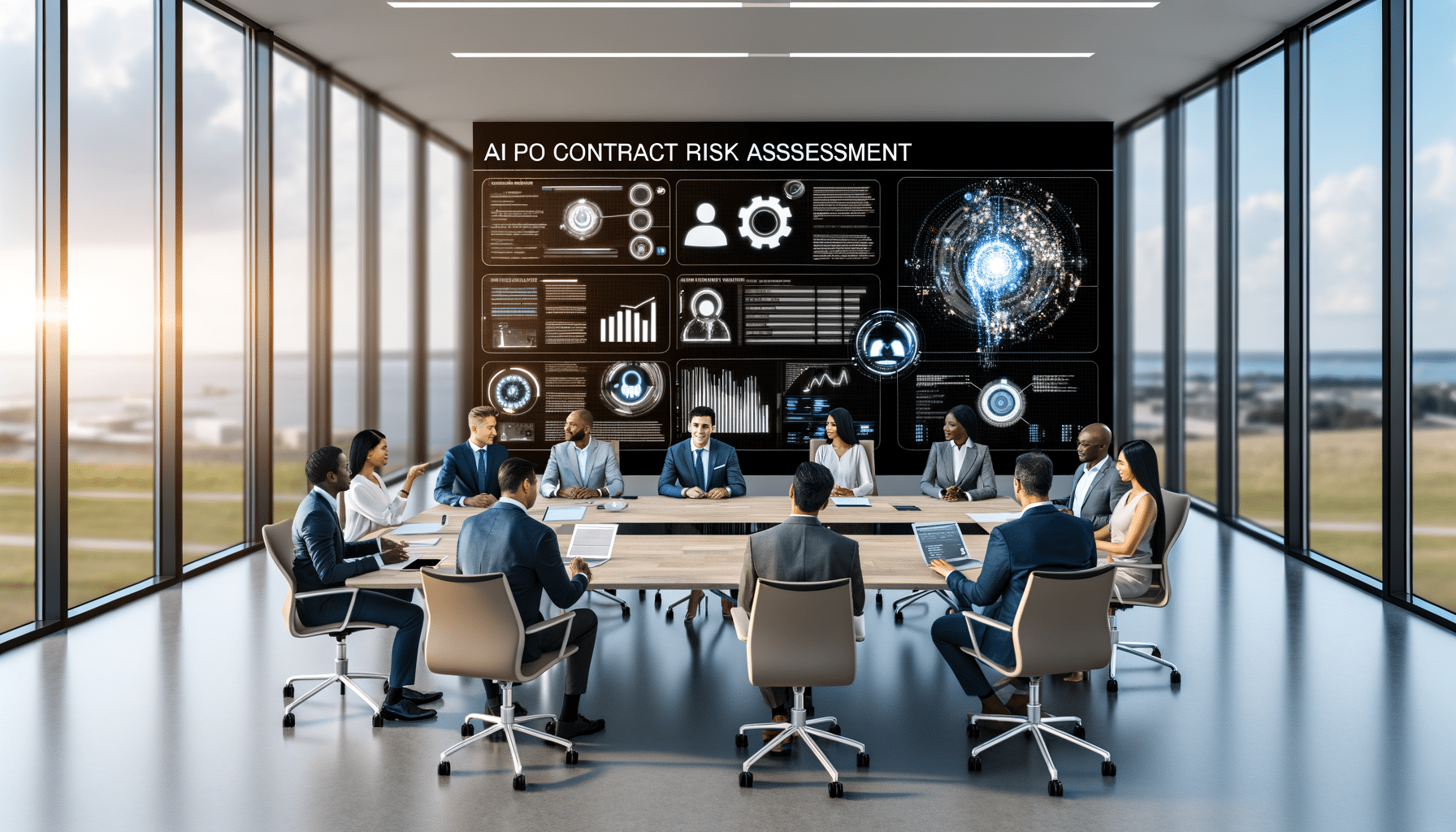Exploring AI Scribes in Medical Transcription: A Paradigm Shift
In the dynamic world of healthcare, the evolution of technology is ceaseless. As medical professionals, we are always on the lookout for tools that can enhance efficiency and reduce costs. The emergence of free AI scribes offers a promising alternative to traditional methods of documentation. But the critical question remains—can these AI-powered assistants truly replace the tried-and-tested traditional medical transcriptionists?
Let me take you through this exciting journey where technology and healthcare meet, revolutionizing the art of medical documentation.
The Rise of AI in Healthcare Documentation
Healthcare IT has been transformed by AI technologies that optimize various aspects of medical services. AI medical transcription is one such area where the promise of reduced operational costs and quicker turnaround times is particularly appealing. Many startups and established players are racing to develop AI scribes capable of understanding and transcribing medical dictations with high accuracy.
How Free AI Scribes Work
Understanding how AI scribes function is key to evaluating their effectiveness. Powered by advanced algorithms and Natural Language Processing (NLP), AI scribes can ‘listen’ to a clinician’s dictation and convert spoken words into written text. This process is automated and designed to be faster than human transcriptionists, consequently offering both time and cost efficiency.
Analyzing Accuracy and Reliability
Free AI scribes are certainly appealing, offering a cost-effective solution to medical transcription. But are they reliable? This is an essential question considering the critical nature of healthcare documentation, where even minor errors can have significant ramifications.
The Accuracy Dilemma
While AI transcription tools leverage extensive datasets and machine learning models to fine-tune their understanding of medical terminology, they can still falter, especially with:
- Ambiguous Terminology: AI tools may confuse homonyms or similarly pronounced medical terms unless extremely fine-tuned.
- Accents and Dialects: Although NLP has come a long way, variations in accent can still present challenges.
- Contextual Understanding: The nuanced understanding of patient dialogues and doctor-patient exchanges often requires a human touch, which AI has yet to master completely.
Thus, while the algorithms continue to advance, there is still a gap in matching the semantic understanding that experienced human transcriptionists possess.
The Compliance and Privacy Conundrum
Healthcare involves stringent compliance and privacy protocols like HIPAA. Businesses must ensure that AI scribes comply with these standards to protect sensitive information.
AI transcription services generally protect data through encryption and controlled access, which theoretically stands on par with traditional methods. However, the trust gap remains, primarily because data breaches are highly publicized in digital services.
Building Trust with AI Technology
The transition to AI requires healthcare professionals to undertake thorough due diligence. This involves understanding how these systems work, testing their efficacy in real-world scenarios, and confirming that adequate protections are in place to meet compliance standards.
Where Do We Stand Today?
The role of AI in healthcare documentation is still emerging. Though free AI scribes are continually improving and offer tremendous promise, a complete transition may not be imminent. Currently, AI tends to complement rather than replace human transcriptionists, providing initial drafts that skilled professionals refine further.
What Lies Ahead?
Looking into the future, the potential of a hybrid model appears promising, where AI scribes handle initial processing and humans offer the necessary oversight and accuracy checks. This approach can ensure both accuracy and efficiency, maximizing the strengths of AI and human expertise.
As someone deeply invested in tech innovation for strategic advantages, I’m excited by the prospect of AI transforming medical documentation. If we navigate the risks and embrace the capabilities with caution and enthusiasm, the use of AI medical transcription may soon become mainstream, simplifying workloads and paving the way for a more efficient healthcare environment.
Whether you’re a tech enthusiast or a healthcare professional, I invite you to explore further and see how evolving technologies like Recordskeeper.AI are shaping the future of not just healthcare, but industries worldwide. Change is inevitable, and with it comes endless possibilities.








